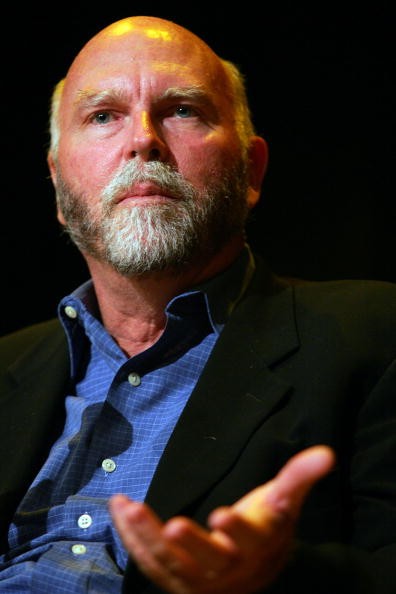A team of scientists has created a new synthetic cell which has the smallest genetic code in the world. It was created to understand the "minimal basis of life."
On 2010, Nobel laureate Ham Smith, microbiologist Clyde Hutchison III and genomics pioneer Craig Venter created the full genome of a tiny bacterium called Mycoplasma mycoides in their lab and put the DNA into the empty cell of another microbe. The new cells have the ability of continuous self-replication.
On March 24, Thursday, Venter and another team of scientists have genetically trimmed down a life form with the only barest essentials for independent self-sustaining life on a Petri dish. This new synthetic cell has only 473 genes, which makes it the only life form on Earth that has the smallest genetic code.
When the team pieced together the components of the synthetic cell, they realized that they are not even close at understanding all of it, The Atlantic reported. Of all the 473 genes, 149 of those are completely unknown and they are a complete mystery to the team.
They have discovered that they do not know the third of the basic knowledge of life, explained Venter. They were expecting a five percent of the genes to be unknown but it was 30 percent and they were unprepared for that.
Venter's team is now hard at work to know what the 149 unknown genes do. He said that they have discovered certain functions of the synthetic cell but they are not sure what their biological functions do exactly.
The team has already started to tweak the genes that they are familiar with. One example was that they took an eight of the synthetic cell's genome and reordered the genes within it according to their function. The end result was the genome still worked even though it was rearranged.
Meanwhile, Daniel Gibson, a synthetic biologist at the J. Craig Venter Institute, has said in Science that their long term vision is to design and build synthetic organisms on demand. He added that the cells would be a very useful for many industrial applications like biochemical, agriculture and many more. Venter is also optimistic that it can be used as a very important experimental tool.
Check out the synthetic cell video below:



























